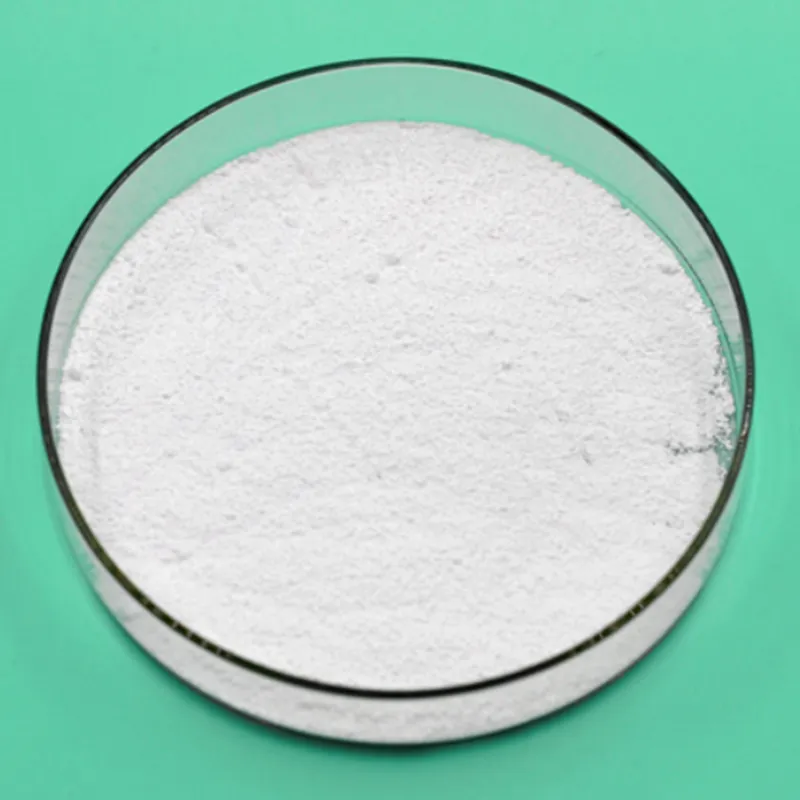
preservative 260
The Role of Preservative E260 A Comprehensive Overview
Preservatives are essential in the food industry, helping to maintain product quality, enhance safety, and extend shelf life. Among the various preservatives used globally, one that stands out is E260, also known as acetic acid. This article explores the properties, applications, safety concerns, and regulatory status of E260, shedding light on its significance in food preservation.
Understanding E260 - Acetic Acid
E260 is the food additive code for acetic acid, a simple carboxylic acid. It occurs naturally in several foods, notably vinegar, which has a high concentration of acetic acid. Chemically, acetic acid is a colorless liquid with a characteristic pungent smell and a sour taste. It has a wide range of applications not only in food preservation but also in the production of various chemical substances.
Applications of E260
One of the primary roles of E260 in food products is as a preservative. It prevents microbial growth, thereby extending the shelf life of various foods, especially pickled products. The acidic environment created by acetic acid inhibits the growth of bacteria, molds, and yeasts. Consequently, it is commonly found in pickles, sauces, dressings, and marinades.
Additionally, E260 acts as a flavoring agent, enhancing the taste profile of foods. In products like salad dressings and condiments, its tangy flavor complements other ingredients, contributing to a balanced taste. Moreover, acetic acid is utilized in the food industry as an acidity regulator, helping to maintain the desired pH levels in various food formulations.
Safety and Health Considerations
preservative 260

The safety of food additives, including E260, is a considerable concern for consumers and health authorities alike. The acceptable daily intake (ADI) of acetic acid has been established by food safety organizations, indicating levels that are considered safe for human consumption. According to the World Health Organization (WHO) and the Food and Agriculture Organization (FAO), acetic acid is generally recognized as safe (GRAS) when used within the prescribed limits.
However, despite its safety in regulated amounts, excessive consumption of acetic acid can lead to adverse health effects. High concentrations may cause irritation to the gastrointestinal tract and, in extreme situations, acetic acid can behave as a corrosive substance. Therefore, it's crucial for manufacturers to ensure that E260 is used within the allowable limits specified by food safety authorities.
Regulatory Status
E260 is permissible for use as a food additive in many countries worldwide. In the European Union, it is regulated under the EU Food Additives Framework Regulation (EC) No 1333/2008. This regulation stipulates the specific conditions under which E260 can be used in various food categories. Additionally, the U.S. Food and Drug Administration (FDA) also classifies acetic acid as safe when used according to good manufacturing practices.
Countries in different regions have established their regulatory frameworks to govern the use of food additives. Manufacturers must adhere to these regulations to ensure consumer safety and compliance with health standards.
Conclusion
E260, or acetic acid, plays a crucial role in the food industry as a preservative, flavor enhancer, and acidity regulator. Its ability to inhibit microbial growth and enhance flavors makes it invaluable for maintaining food quality and safety. While it is generally recognized as safe within prescribed limits, consumers should remain informed about the potential effects of excessive consumption. With appropriate regulatory oversight, E260 continues to be a vital component of food preservation, enabling manufacturers to deliver safer, longer-lasting products to consumers.
-
Understanding Synthetic Rubber OptionsNewsApr.27,2025
-
Trichloroisocyanuric Acid: Essential for Clean and Safe WaterNewsApr.27,2025
-
Sodium Dichloroisocyanurate: Key to Safe Water TreatmentNewsApr.27,2025
-
Sodium Acid Pyrophosphate: Essential in Modern Food ProcessingNewsApr.27,2025
-
Essential Water Treatment ChemicalsNewsApr.27,2025
-
Denatured Alcohol and Its Industrial UsesNewsApr.27,2025
-
The Versatile Uses of Sodium BicarbonateNewsApr.24,2025
Hebei Tenger Chemical Technology Co., Ltd. focuses on the chemical industry and is committed to the export service of chemical raw materials.
-

view more DiethanolisopropanolamineIn the ever-growing field of chemical solutions, diethanolisopropanolamine (DEIPA) stands out as a versatile and important compound. Due to its unique chemical structure and properties, DEIPA is of interest to various industries including construction, personal care, and agriculture. -

view more TriisopropanolamineTriisopropanolamine (TIPA) alkanol amine substance, is a kind of alcohol amine compound with amino and alcohol hydroxyl, and because of its molecules contains both amino and hydroxyl. -

view more Tetramethyl Thiuram DisulfideTetramethyl thiuram disulfide, also known as TMTD, is a white to light-yellow powder with a distinct sulfur-like odor. It is soluble in organic solvents such as benzene, acetone, and ethyl acetate, making it highly versatile for use in different formulations. TMTD is known for its excellent vulcanization acceleration properties, which makes it a key ingredient in the production of rubber products. Additionally, it acts as an effective fungicide and bactericide, making it valuable in agricultural applications. Its high purity and stability ensure consistent performance, making it a preferred choice for manufacturers across various industries.











